GRANT AND PROGRAM OVERVIEW
The Gaining Equity in Training for Public Health Informatics and Technology (GET PHIT) Consortium plans to train 1,400 students predominantly (greater than 75%) from underrepresented groups and 500 public health, clinic, and academic professionals, while placing 400 students in internships. Led by The University Texas of Health Science Center at Houston (UTHealth Houston) School of Public Health (SPH) and McWilliams School of Biomedical Informatics, the GET PHIT Consortium is collaborating with Huston-Tillotson University (HBCU); Prairie View A&M University (HBCU); Texas A&M International University (HSI); Texas Tech University Health Science Center; The University of Texas at Arlington (HSI); The University of Texas at El Paso (HSI); The University of Texas at Tyler; The University of Texas Permian Basin (HSI); and The University of Texas Rio Grande Valley (HSI).
Students will participate in:
Summer Bootcamps, delivered both Face-to-Face and Online
Modules integrated into existing undergraduate curriculum
Post-baccalaureate certificates
Master’s degrees
Professionals will have access to freely available, online, asynchronous public health informatics and technology curriculum throughout the life of the grant. GET PHIT will leverage its many public health, community, and other partners to ensure the student internships are meaningful.
GET PHIT COLLABORATORS









About Get PHIT
What is Public Health Informatics?
The Centers for Disease Control and Prevention (CDC) define public health informatics as the “systematic application of knowledge about systems that capture, manage, analyze and use information to improve population-level health outcomes.”1 It is an interdisciplinary scientific field that utilizes the “systematic application of information and computer science and technology to public health (PH) practice, research, and learning.”2
References:
1 O’Carroll PW. Introduction to public health informatics. In: O’Carroll PW, Yasnoff WA, Ward ME, Ripp LH, Martin EL, editors. Public health informatics and information systems. New York: Springer; 2002. p. 1–15.
2 Magnuson JA, Dixon BE. Public health informatics: An introduction. In Magnuson JA, Dixon BE, editors. Public health informatics and information systems. 3rd edition. Springer Nature Switzerland; 2020. p. 3.
What Does a Public Health Informatician Do?
- Plans, designs, and defines functional requirements for public health information systems
- Evaluates the application and impact of information systems in support of health goals
- Serves as a liaison between multidisciplinary teams
- Uses data standards to support interoperability of data between systems
- Ensures confidentiality, security, and integrity standards
- Is knowledgeable about health data standards, sources, and meaningful use of health data
- Plans technology projects and milestones, develops software, and maintains and operates systems
- Evaluates the performance and availability of information systems
- Designs, implements, and administers database architecture, privacy, security, and backup procedures
Source: Centers for Disease Control and Prevention (CDC). Public health informatics competencies. Atlanta, GA: US Department of Health and Human Services, CDC; 2009.
Useful Links:

